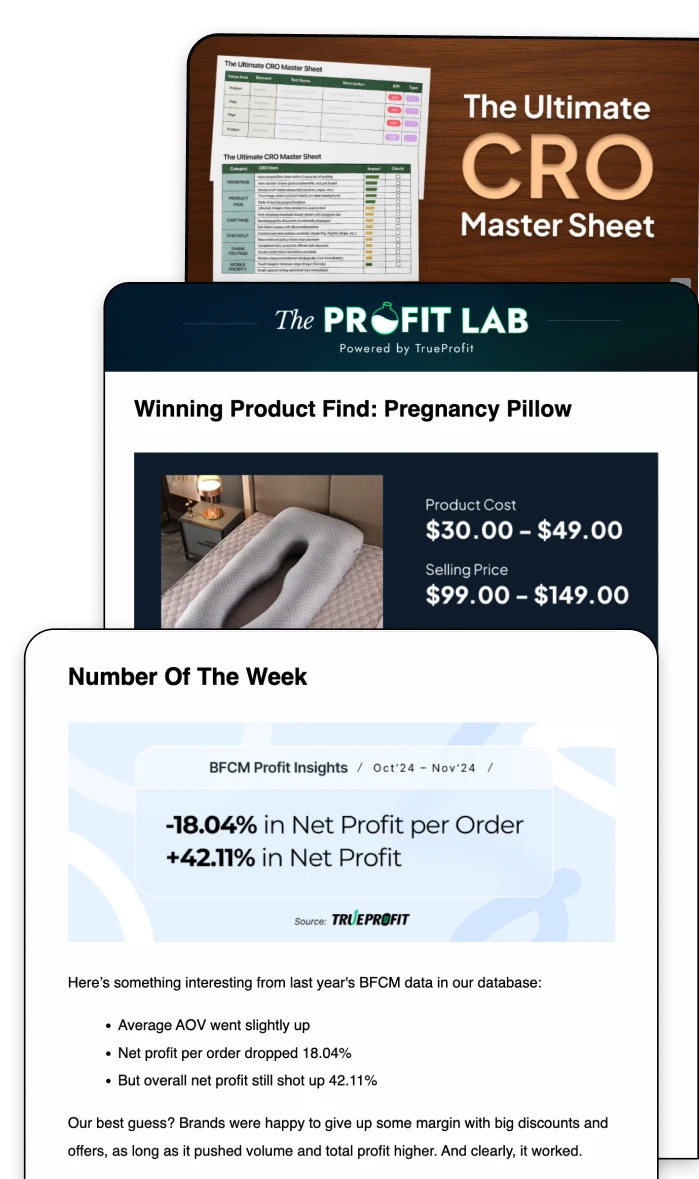The Complete Beginner’s Guide for Selling Wholesale on Shopify
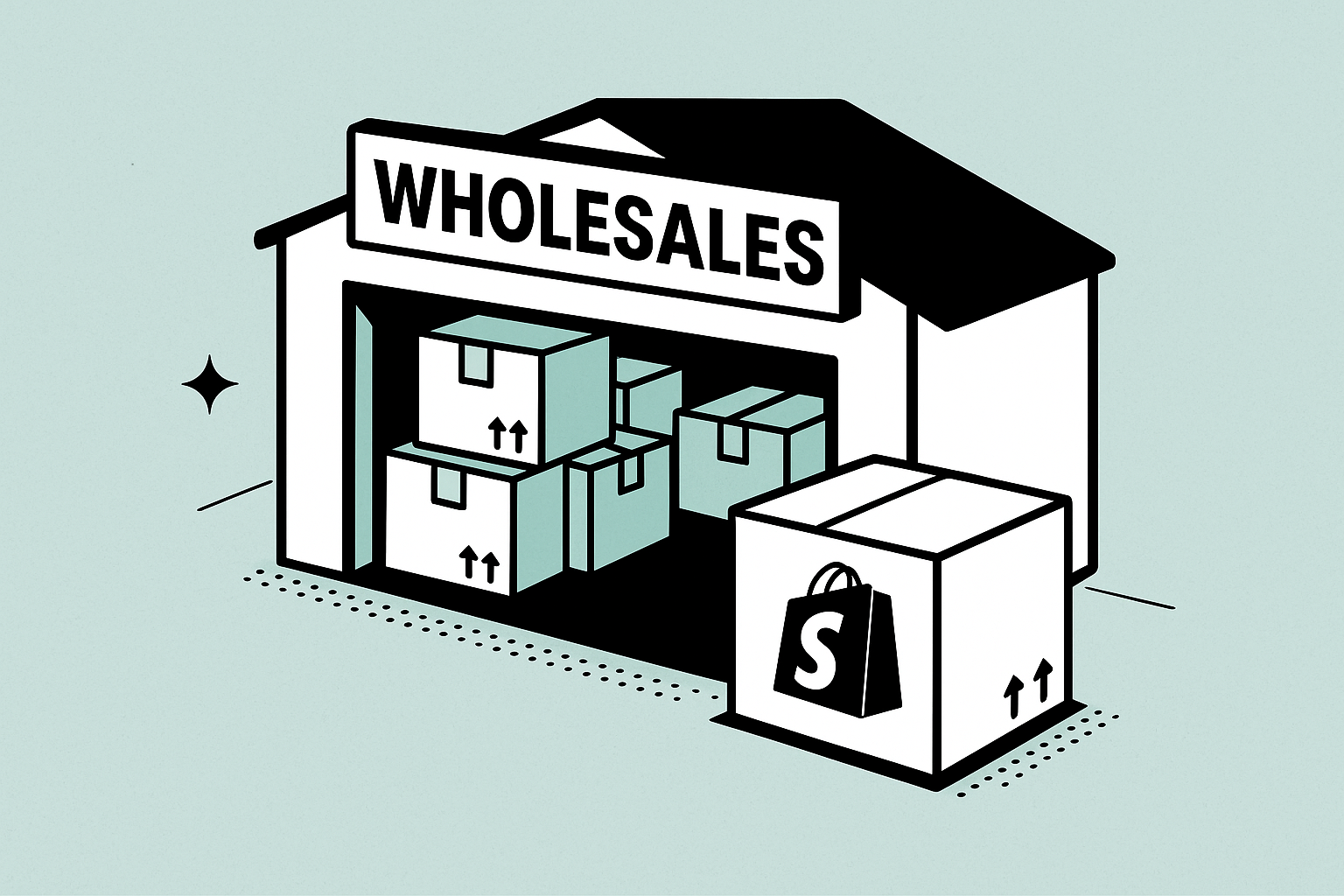
Selling wholesale on Shopify can open up new streams of revenue and help you grow beyond single customer orders. But if you’re new to the wholesale model, the steps may feel overwhelming.
This guide walks you through what wholesale is, how Shopify supports it, and strategies to make it profitable.
What is the Wholesale Business Model?
Wholesale is basically a B2B model where companies buy products in bulk from manufacturers and resell them to retailers at a markup. The profit comes from that markup—buying low at a discounted rate and selling at a higher price per piece.
In the supply chain, the key role wholesalers play is connecting two very different groups: manufacturers that want massive orders—hundreds or thousands of units at a time, and small retailers that only want manageable pack sizes, lower MOQs, and affordable costs to keep their stores stocked. By filling that gap, wholesalers keep the supply chain moving and earn profit along the way.
In 2025, typical wholesale profit margins range from 30% to 50%, enough to cover costs, fund growth, and leave a healthy return. The market itself is also expanding fast, jumping from $53.8 trillion in 2024 to $57.73 trillion in 2025 with a CAGR of 7.3% according to ResearchMarket.
Is Shopify Good for Wholesale?
For a lot of wholesalers—especially those just getting started—we recommend Shopify as one of the best commerce platforms to set up, run, and manage your business in 2025. The reason comes down to its built-in B2B features, the ease of use that Shopify is already known for, and the huge ecosystem of apps that let wholesalers extend their stores in whatever direction they need. With the right setup, selling wholesale on Shopify feels just as simple as selling direct-to-consumer.
However, it's worth noting that Shopify isn’t a perfect fit for every wholesaler. Its dedicated B2B features are included only with Shopify Plus, which comes at a higher cost compared to the standard plans. If you’re running on a very tight upfront capital or trying to minimize costs, that price tag can feel like a barrier.
Still, for other small to medium-sized wholesalers, Shopify offers the perfect fit. It’s simple where it should be, flexible where it needs to be, and powerful enough to let wholesalers compete in today’s ecommerce market.
How to Start a Wholesale Business with Shopify?
Here’s a step-by-step look at how you can set up your wholesale business on Shopify:
Step 1. Define Your Wholesale Model
Wholesale isn’t one-size-fits-all—different models work for different industries, audiences, and goals. Broadly, there are a few main types of wholesale models:
Traditional wholesale (bulk orders): You sell products in large quantities to retailers at a discounted price. This is the most common model, often with set minimum order quantities (MOQs).
Case pack wholesale: Products are sold in pre-set packs (e.g., packs of 12). Retailers can’t pick individual items, but it makes your operations more efficient.
Dropship wholesale: Instead of retailers holding inventory, you ship products directly to their customers under their brand.
Subscription or reorder-based wholesale: You offer retailers the ability to subscribe to regular shipments, which helps you build predictable revenue.
Choosing the right model matters because it shapes everything else—your product selection, pricing tiers, and even how you set up your storefront.
To define your model, start by asking: Who are your ideal buyers? What order size can they realistically handle? What’s the balance between your margins and their budget? Answering these questions helps you build a wholesale structure that feels smooth for both sides—and sets you up for sustainable growth.
Step 2. Set Up the Wholesale Store
Setting up a wholesale store isn’t all that different from launching a typical retail shop—you’ll still need a storefront, product pages, and payment methods. The biggest considerations here are the parts that make selling to other businesses run smoothly.
For example, unlike a retail store, you don’t always want every visitor to see your wholesale pricing. Many wholesalers create a separate, password-protected storefront or use customer tags so only approved buyers can log in and shop.
Retailers also expect wholesale prices, so you’ll need to set up tiered pricing, bulk discounts, or minimum order amounts. Shopify’s built-in features and wholesale-focused apps make this easy without custom coding.
And while retail stores thrive on small, fast checkouts, wholesale stores deal with larger carts. You’ll want to make sure checkout can handle bulk orders smoothly and possibly add features like net terms, purchase orders, or manual invoicing if your model requires it.
To set this up successfully, start by creating your Shopify account, choosing a Shopify theme that keeps navigation simple, and organizing your catalog in a way that helps buyers quickly find and order in bulk. Then, install wholesale apps to handle the more specialized needs like restricted access, tiered pricing, or MOQ rules.
In short, you should decide how to add a wholesale area to your Shopify store—either as a hidden, password-protected section or a separate storefront for approved buyers.
Next, you can use Shopify apps like Wholesale Club or B2B/Wholesale Solution if you’re figuring out how to create a wholesale page in Shopify.
Then, set up wholesale accounts on Shopify to give customers exclusive access and an easier bulk checkout experience.
Step 3. Set the Wholesale Prices and Terms
A general rule many wholesalers follow is to offer products at 50% of the suggested retail price (MSRP). For example, if an item retails for $20, you might sell it wholesale for around $10. This gives the retailer room to double their money while still keeping the final price fair for end customers. Of course, your exact margins will depend on your cost of goods, competition, and how premium your product is.
Now, when we talk about “terms” in wholesale, we’re referring to the conditions you set for buyers. These can include:
Minimum Order Quantities (MOQs): The least number of units a retailer must buy in one order.
Payment terms: Whether you require upfront payment, partial deposits, or offer net terms like Net 30 (payment within 30 days).
Shipping policies: Who covers the cost, and how quickly you fulfill orders.
Deciding on terms is just as important as setting prices because it sets expectations and protects your cash flow.
Step 4. Get the Essential Apps in Place
To be honest, out of Shopify’s 8,000+ apps, only a few will really matter for your store in the early days—most of the rest can wait until your business grows.
So right now, apps are most useful for handling repetitive but essential tasks, like setting tiered pricing, managing bulk orders, and controlling who can access your wholesale products.
For pricing and discounts, apps like Wholesale Club or Bold Custom Pricing make it easy to set tiered rates. To manage bulk orders and fulfillment, tools like Order Printer Pro or ShipHero keep everything organized. And for controlling which customers can access your wholesale catalog, Locksmith or Wholesale Lock Manager are our top picks.
Starting with just these apps keeps your setup simple while still automating all the basics.
Step 5. Promote the Wholesale Store
Wholesale audience is other businesses—retailers, boutiques, or even other resellers. Unlike individual consumers, those buyers are buying to resell, not for personal use, so every decision is measured in terms of return on investment. That’s why they focus primarily on profit margins, minimum order quantities (MOQs), and overall cost efficiency.
Because of this, you can’t treat wholesale marketing like a typical DTC campaign. Your storefront needs to clearly show bulk pricing and reorder options, your promotional messages must emphasize cost savings and reliability, and the channels you use—email outreach, LinkedIn, wholesale marketplaces, trade shows—must reflect a relationship-driven, professional approach.

4 Strategies to Win Wholesale Business
Wholesale is competitive, but you can stand out with smart strategies:
1. Set Minimums for Every Buyers
When setting minimum order quantities (MOQs) for your wholesale store, the key is to make them flexible and aligned with your products and buyers. Start by grouping your products into categories based on demand, price, and size. For new or slower-moving items, set a lower MOQ—something small enough for retailers to test without risk, like 5–10 units. For popular or high-margin items, you can increase the MOQ to encourage larger orders, for example, 20–50 units.
Remember, the minimums can change later on. You should regularly track which products sell quickly and which move more slowly, and then adjust your minimums based on that data. By doing this, you set minimums that are practical and profitable for your store.
2. Build Trust from the Very First Order
Relationships are at the heart of a successful wholesale business. Buyers aren’t shopping on impulse—they are looking for suppliers they can trust and count on for consistent quality and timely delivery. So wholesalers who build good relationships from the very first order—by staying in touch, understanding needs, and providing reliable service—often see repeat orders, long-term contracts, and referrals that grow their business naturally.
3. Promote Products Profitability
Wholesale buyers are evaluating products to resell, which means quality, profitability, and sell-through potential are their top concerns. Presenting products in a way that addresses these points helps buyers make confident decisions and increases the likelihood of repeat orders.
So, including information on materials, dimensions, care instructions, packaging, and available SKUs ensures that buyers know exactly what they are ordering. Displaying wholesale prices, suggested retail prices, and minimum order quantities also allows buyers to quickly calculate margins and make informed decisions.
4. Monitor Margins Closely
Since wholesale operates on buying in bulk at discounted rates and reselling at a markup, even small miscalculations in pricing, cost, or volume can quickly affect profitability.
By keeping a close eye on margins, wholesalers can adjust pricing or order strategies proactively rather than reactively. This approach not only protects your bottom line but also ensures that your pricing remains attractive to buyers while keeping your business financially healthy.
Tools like TrueProfit make this process simple for new wholesalers. TrueProfit integrates with Shopify to automatically track net profit after factoring in all costs from total sales. It also helps monitor your margins along with other key metrics, giving you a real-time snapshot of your store’s performance.
For new wholesalers, using a tool like TrueProfit ensures you’re always in control of your bottom line, making it easier to grow your business sustainably without guesswork.
Final Thoughts
Selling wholesale on Shopify is easier than it seems. By understanding the model, setting up your store smartly, and tracking profits closely, you can start and grow a successful wholesale business. The next step is to put these strategies into action and refine your approach as you learn.
Lila Le is the Marketing Manager at TrueProfit, with a deep understanding of the Shopify ecosystem and a proven track record in dropshipping. She combines hands-on selling experience with marketing expertise to help Shopify merchants scale smarter—through clear positioning, profit-first strategies, and high-converting campaigns.

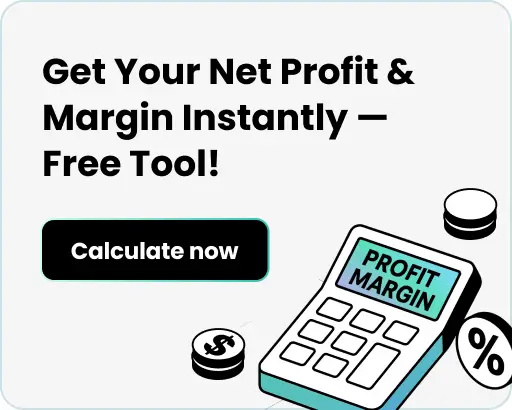
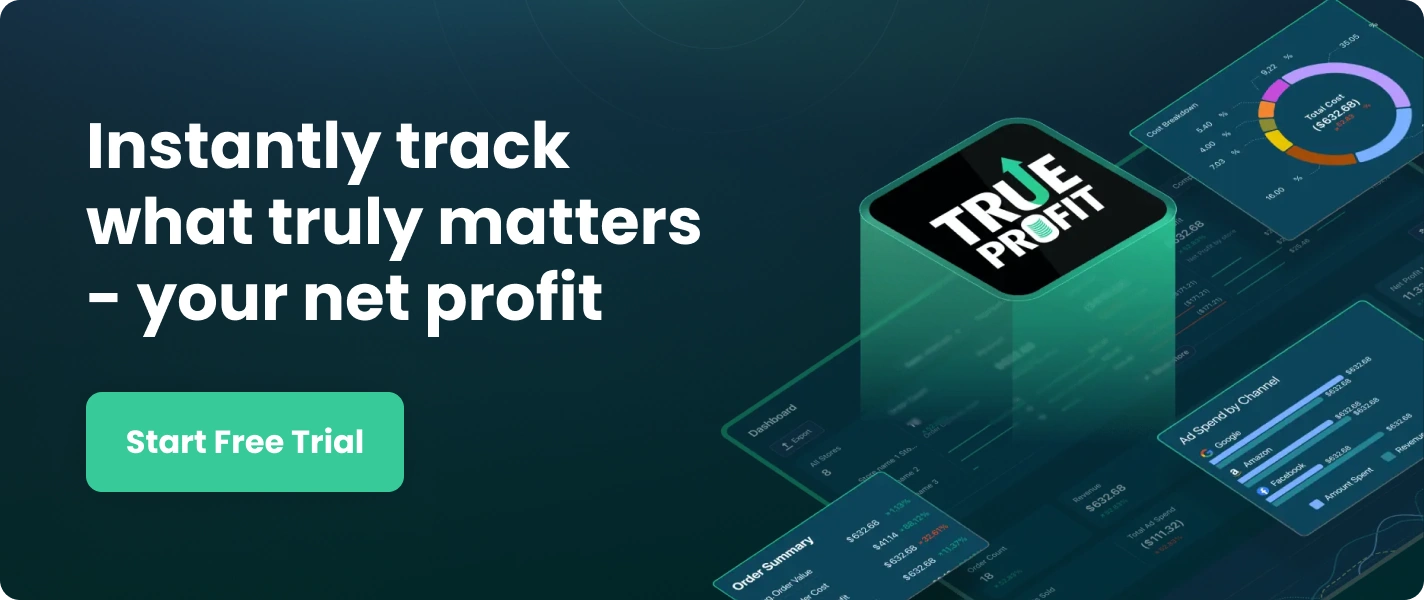

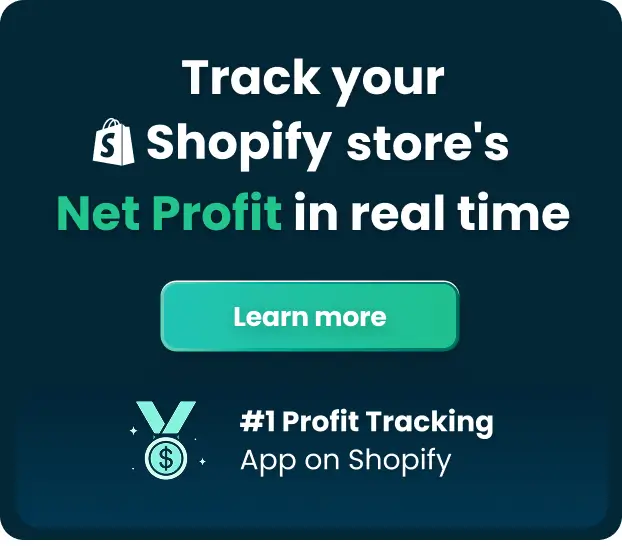
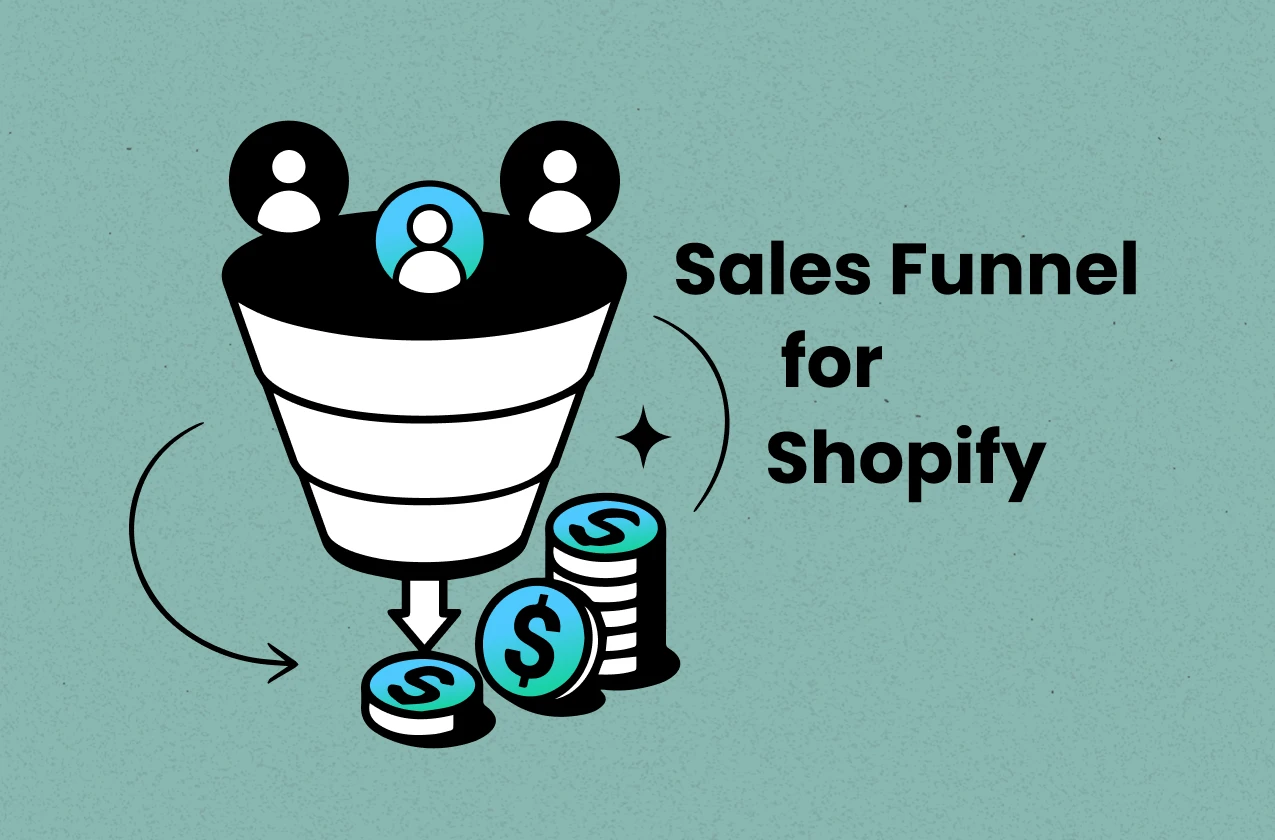
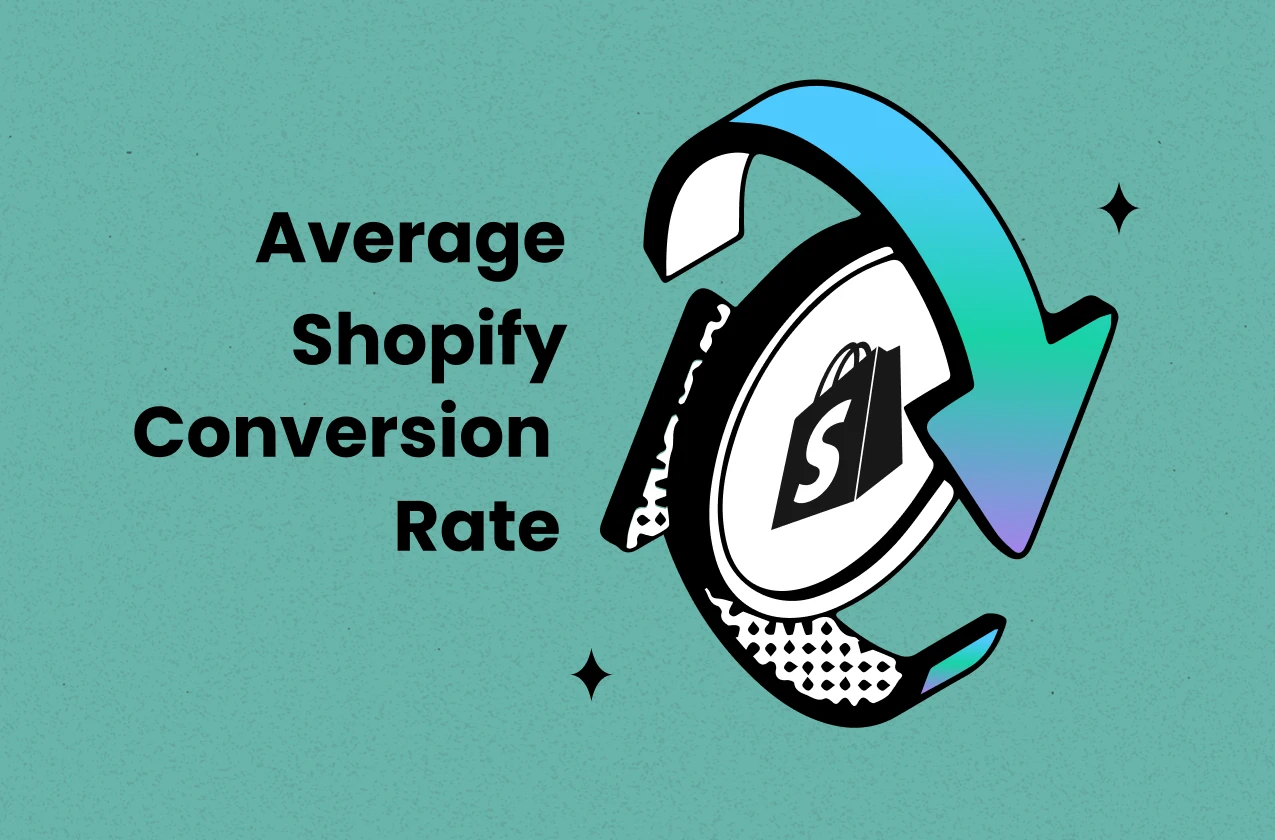
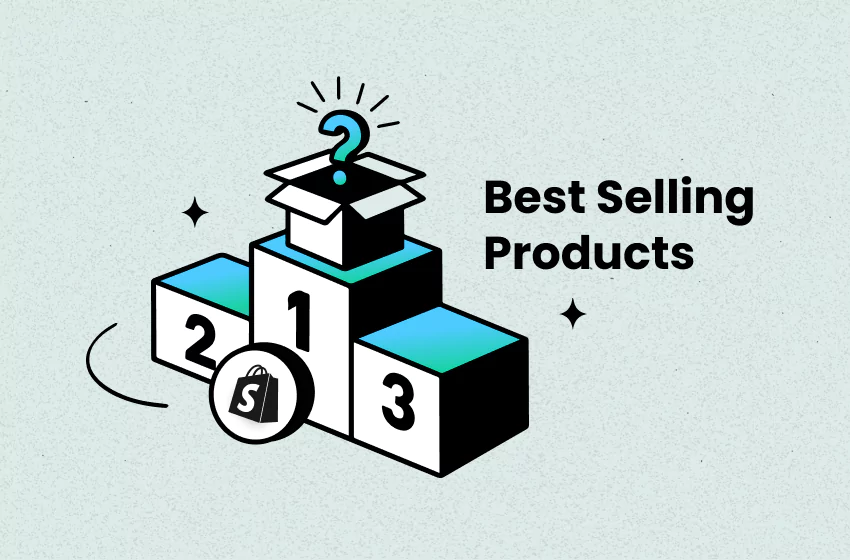
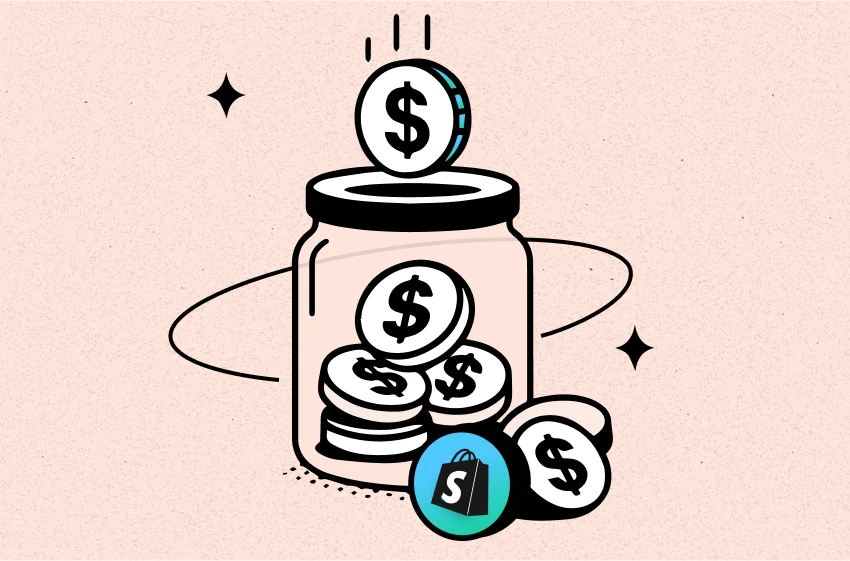
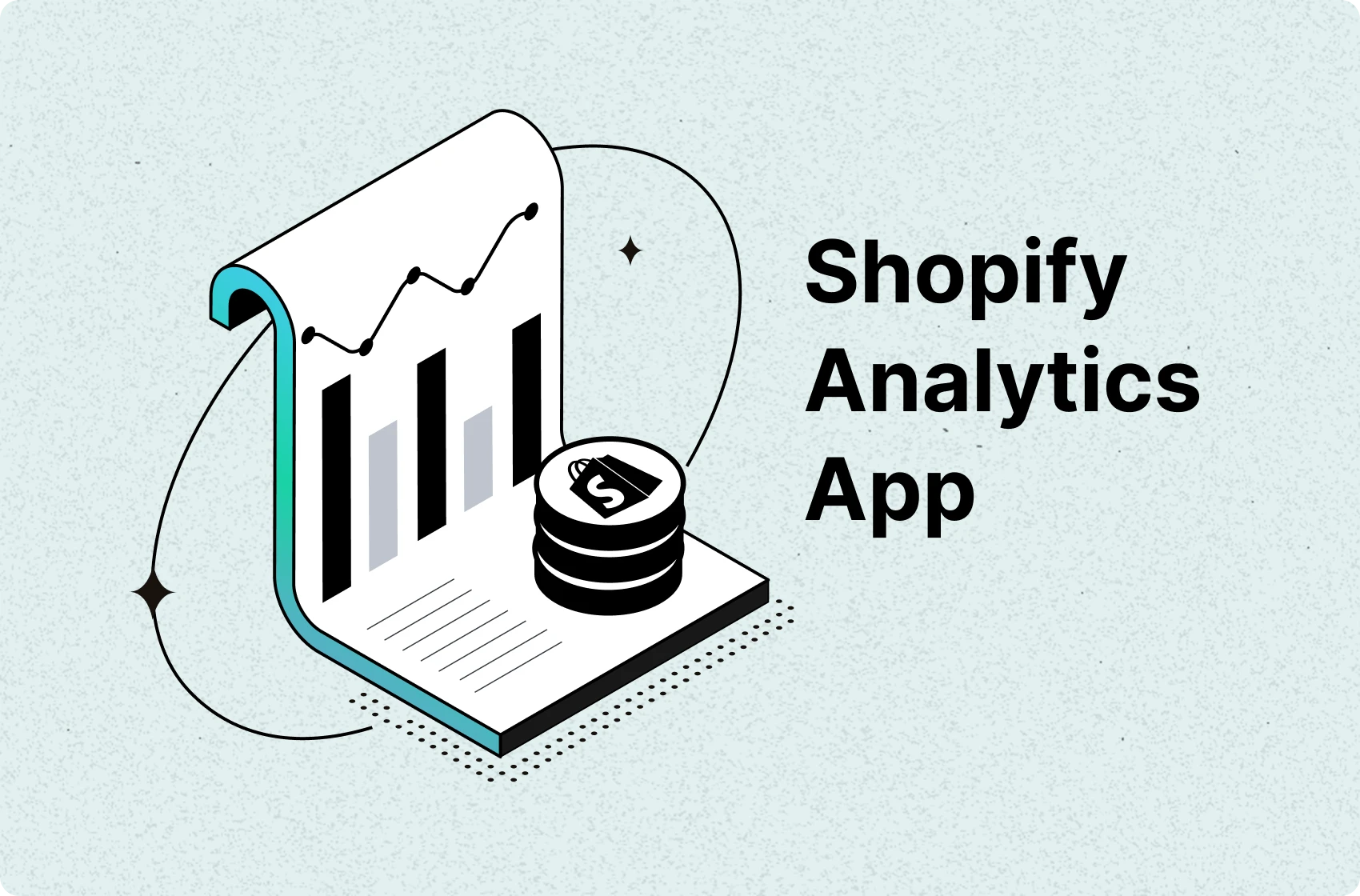
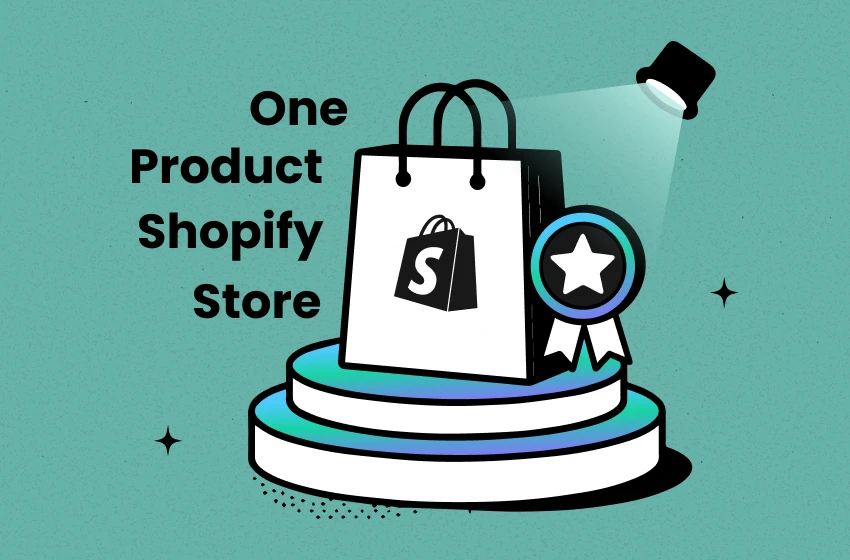
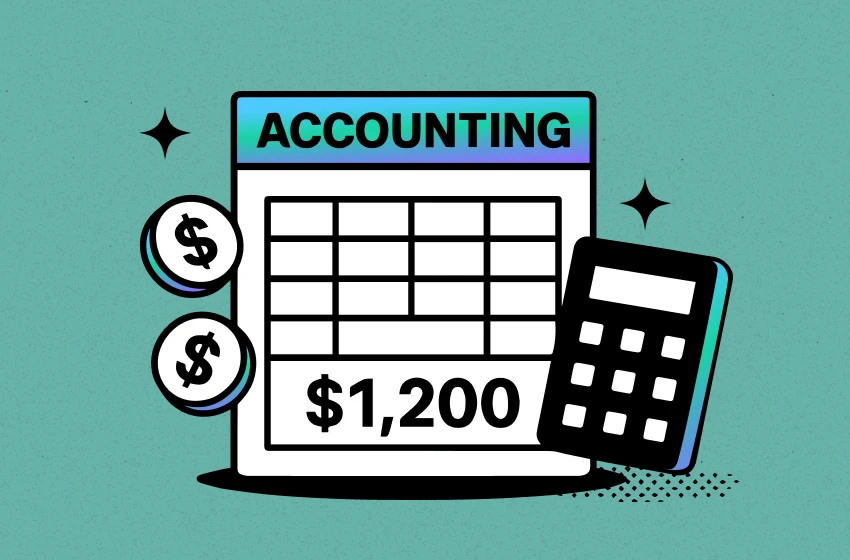
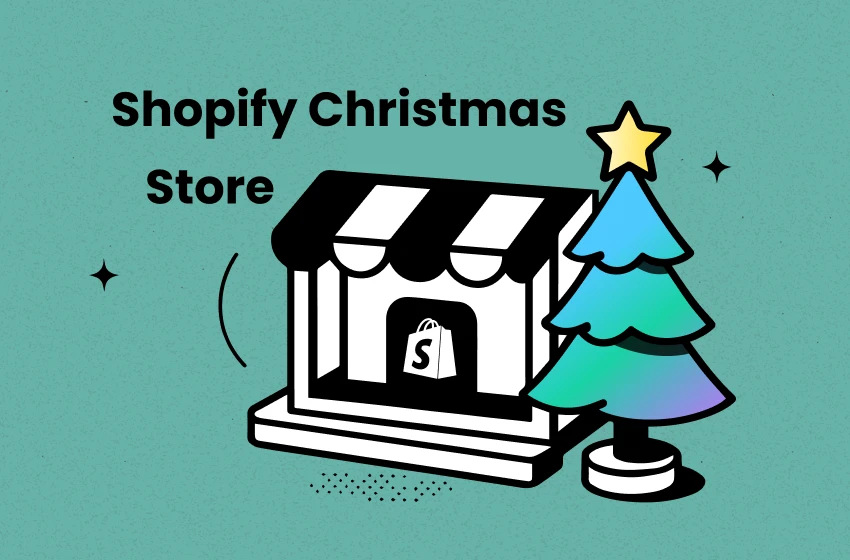
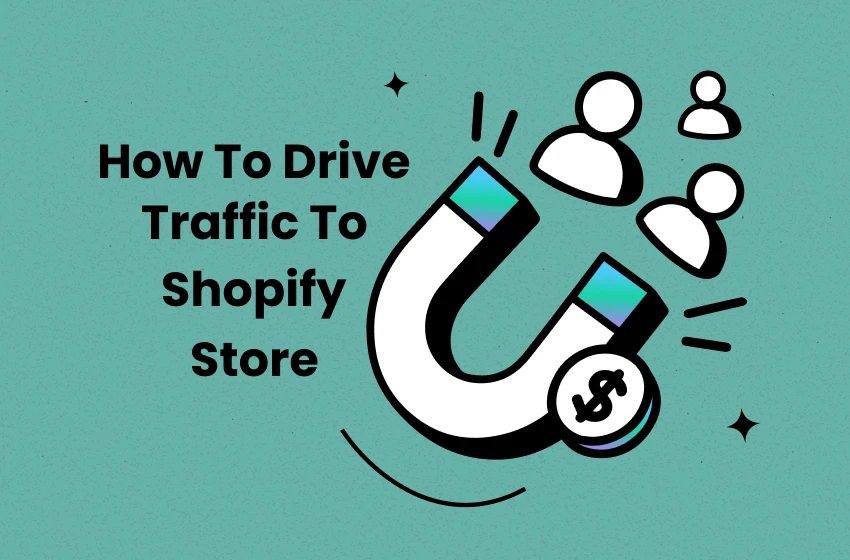
 Shopify profits
Shopify profits